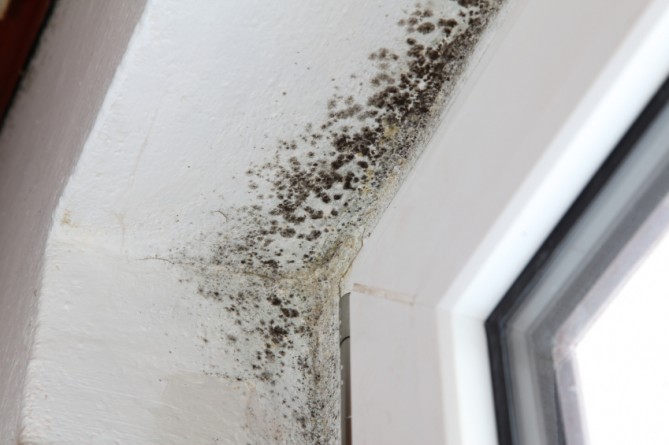


A cold bridge, also called a thermal bridge, is a weak link in the outer shell of your home (facade, roof or floor). The phenomenon is seen to occur in places where the thermal insulation is interrupted or where the floor panels do not seamlessly join up.
A cold bridge not only brings loss of heat, it also causes the warm air inside the home to cool down where it comes into contact with these cold surfaces. This results in condensation which in turn produces odour nuisance and moulding.
Thermal bridges can occur anywhere in a wall. Certain places are more susceptible to the problem.
In summertime, it is the other way around, when warm air may enter the home through these ‘cold bridges’. On hot days, everybody tries to keep things nice and cool indoors. Where hot air is able to get inside the home, the temperature will quickly rise.
Many thermal bridges can’t be seen with the naked eye. A quick test with the hand can give an indication.
Rub your hand over a wall where you suspect a thermal bridge. If you feel a perceptible difference in temperature in a certain area, that is a strong indication for a thermal bridge. Areas of damp or condensation can also indicate thermal bridges.
| No idea what could be causing the cold bridge? Be sure to call on professional help from an architect, a contractor or a specialist company that will thoroughly investigate your home. In most cases, they will do so by means of infrared thermal imaging. |
Resolving an existing thermal bridge is not always self-evident. Replacing single glazing or old joinery is relatively simple.
It is a different matter if insulation in the cavity is absent or badly positioned or when the inner wall makes contact with the outer wall. In some cases, covering the thermal bridge with insulation offers the necessary improvement. In other cases, placing an insulation layer over the complete façade is the only solution.
Resolving thermal bridges at the wall base or foundations is virtually impossible. The cost price for the solution often does not justify the cost of the total investment.
Subscribe to our newsletter and stay informed about energyfacts.